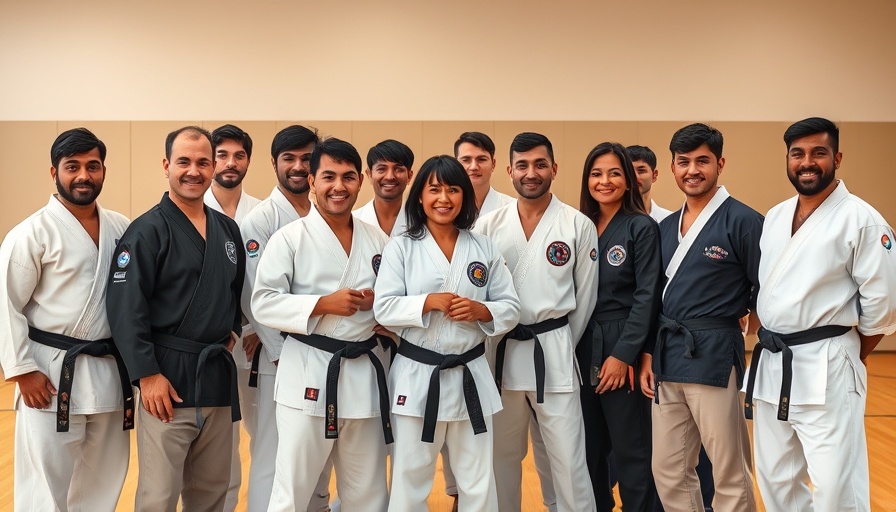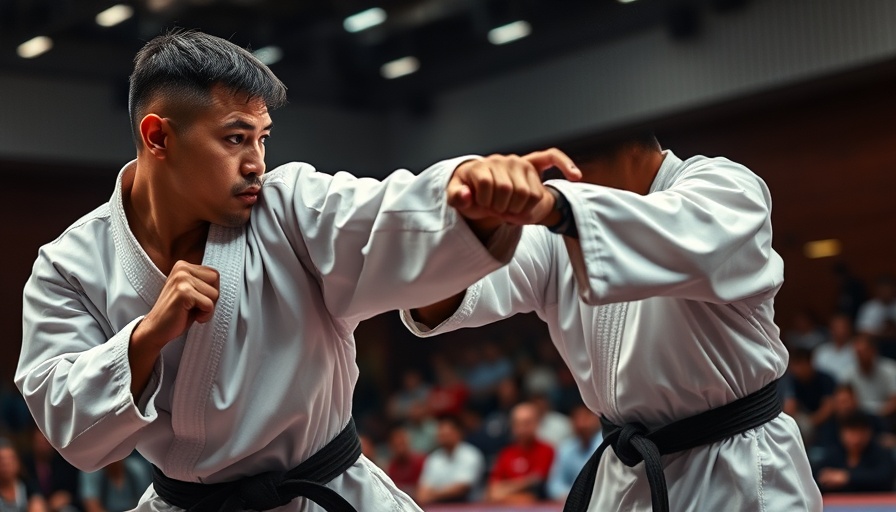
The Journey Beyond the Black Belt: A New Perspective
The black belt in martial arts has long been heralded as the ultimate achievement—a symbol of skill, dedication, and mastery over a martial discipline. However, a closer look reveals that the black belt is not the end but merely the beginning of a deeper journey. Emerging from popular media, a common misconception holds that achieving this rank marks the completion of training, leaving many to believe they have 'arrived.' Yet, those familiar with martial arts understand that the path continues far beyond this coveted accolade.
Understanding the Ranking System
For many newcomers, the ranking system can be both intriguing and intimidating. In traditional martial arts, the journey often starts with the white belt, symbolizing the beginning of one’s journey. Each subsequent color—yellow, green, blue, brown, and finally black—represents an evolution in skills and understanding. Achieving a black belt requires relentless effort and time, as practitioners are expected to master various techniques and sparring methods across disciplines, including karate, taekwondo, and Brazilian jiu-jitsu.
What Comes After the Black Belt?
Upon reaching the black belt, many practitioners may feel a sense of accomplishment, as if they have scaled Mount Olympus in the martial arts world. However, it is essential to recognize that this milestone is only a foundation for further learning and growth. Advanced practitioners begin to delve into subtler aspects of their art, including kata (forms), self-defense applications, and the philosophy behind their training. This transition often reveals a significant gap in knowledge, urging practitioners to continue their education through additional training, seminars, workshops, and even teaching others.
The Importance of Continuous Learning
Education in martial arts is not static; it evolves as new techniques and philosophies emerge. The martial arts community constantly adapts, integrating lessons from various styles and cultures. For instance, a karate student might venture into Brazilian jiu-jitsu to enhance their grappling skills or explore kickboxing lessons to diversify their striking capabilities. This blending of disciplines fosters a deeper understanding of combat, promotes adaptability, and encourages networking within diverse martial arts schools, such as those in Gurnee offering karate classes, martial arts training, and family-oriented self-defense programs.
Engaging with the Community
Practitioners can also engage with the broader community through competitions, workshops, and collaborative training sessions, enhancing their experience and expanding their horizons. Gurnee's vibrant martial arts community provides ample opportunities for interaction, whether through kids’ martial arts classes or adult fitness kickboxing sessions. This camaraderie not only fosters skills but establishes bonds that make the martial arts journey even more enriching.
Final Thoughts: The Path is Endless
The misconception that black belt signifies the end of martial arts training can lead to stagnation. Understanding that this rank merely opens doors to greater knowledge may inspire practitioners to embrace lifelong learning. This mindset fuels personal development, improved skill, and a more profound respect for martial arts traditions. Whether one is a beginner seeking karate lessons in Gurnee or a seasoned black belt contemplating advanced techniques, the journey remains exciting and limitless.
As you reflect on your martial arts journey, remember that every belt earned, including the black belt, is only the beginning of an even more profound exploration of your potential.
 Add Row
Add Row  Add
Add 








Write A Comment